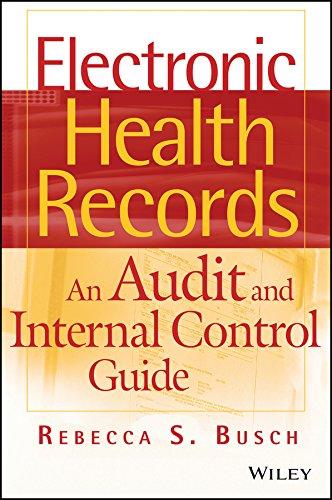Answered step by step
Verified Expert Solution
Question
1 Approved Answer
I7-33 ACL PROBLEM (OBJECTIVE 17-3) This problem requires the use of ACL software, which can be accessed through the textbook website. Information about downloading and

I7-33 ACL PROBLEM (OBJECTIVE 17-3) This problem requires the use of ACL software, which can be accessed through the textbook website. Information about downloading and using ACL and the commands used in this problem can also be found on the textbook website. You should read all of the reference material, especially the material on sampling, to answer questions a. through e. For this problem, use the "Invoices" file in the "Sales and Collection" subfolder under tables in the ACL_Rockwood project. This file contains information on sales invoices generated during calendar year 2014, including those that have been paid versus those still outstanding. Suggested commands, where applicable, are indicated at the end of the problem requirements. a. Using the Invoices file, filter the file to retain only those invoices that are still outstanding and save this filter as "Accounts_Receivable." (Filter) Determine the total dollar amount of the outstanding invoices (Total). Using the "Accounts_Receivable" data, calculate the sample size and sampling interval for an MUS sample based on total Invoice Amount. Use a confidence level of 20 percent, materiality of $50,000, and expected errors of $2,500. (Sampling/Calculate Sample Size; select "monetary" radio button.) b. What is the sampling size and sampling interval if you increase materiality to $60,000 and decrease expected errors to $1,000 ? c. Select the sample based on the sampling interval determined in part a. (Sampling/ Sample; select "Sample typ" as MUS. For "Sample Parameters" select fixed interval and enter the interval from part a.; use a random start of 3179 .) d. How many items were selected for testing? Why is the number selected for testing less than the sample size determined in part a.? e. What is the largest item selected for testing? How many sample items are larger than the sampling interval? How many items are larger than the sampling interval in the population? I7-33 ACL PROBLEM (OBJECTIVE 17-3) This problem requires the use of ACL software, which can be accessed through the textbook website. Information about downloading and using ACL and the commands used in this problem can also be found on the textbook website. You should read all of the reference material, especially the material on sampling, to answer questions a. through e. For this problem, use the "Invoices" file in the "Sales and Collection" subfolder under tables in the ACL_Rockwood project. This file contains information on sales invoices generated during calendar year 2014, including those that have been paid versus those still outstanding. Suggested commands, where applicable, are indicated at the end of the problem requirements. a. Using the Invoices file, filter the file to retain only those invoices that are still outstanding and save this filter as "Accounts_Receivable." (Filter) Determine the total dollar amount of the outstanding invoices (Total). Using the "Accounts_Receivable" data, calculate the sample size and sampling interval for an MUS sample based on total Invoice Amount. Use a confidence level of 20 percent, materiality of $50,000, and expected errors of $2,500. (Sampling/Calculate Sample Size; select "monetary" radio button.) b. What is the sampling size and sampling interval if you increase materiality to $60,000 and decrease expected errors to $1,000 ? c. Select the sample based on the sampling interval determined in part a. (Sampling/ Sample; select "Sample typ" as MUS. For "Sample Parameters" select fixed interval and enter the interval from part a.; use a random start of 3179 .) d. How many items were selected for testing? Why is the number selected for testing less than the sample size determined in part a.? e. What is the largest item selected for testing? How many sample items are larger than the sampling interval? How many items are larger than the sampling interval in the population
Step by Step Solution
There are 3 Steps involved in it
Step: 1

Get Instant Access to Expert-Tailored Solutions
See step-by-step solutions with expert insights and AI powered tools for academic success
Step: 2

Step: 3

Ace Your Homework with AI
Get the answers you need in no time with our AI-driven, step-by-step assistance
Get Started


